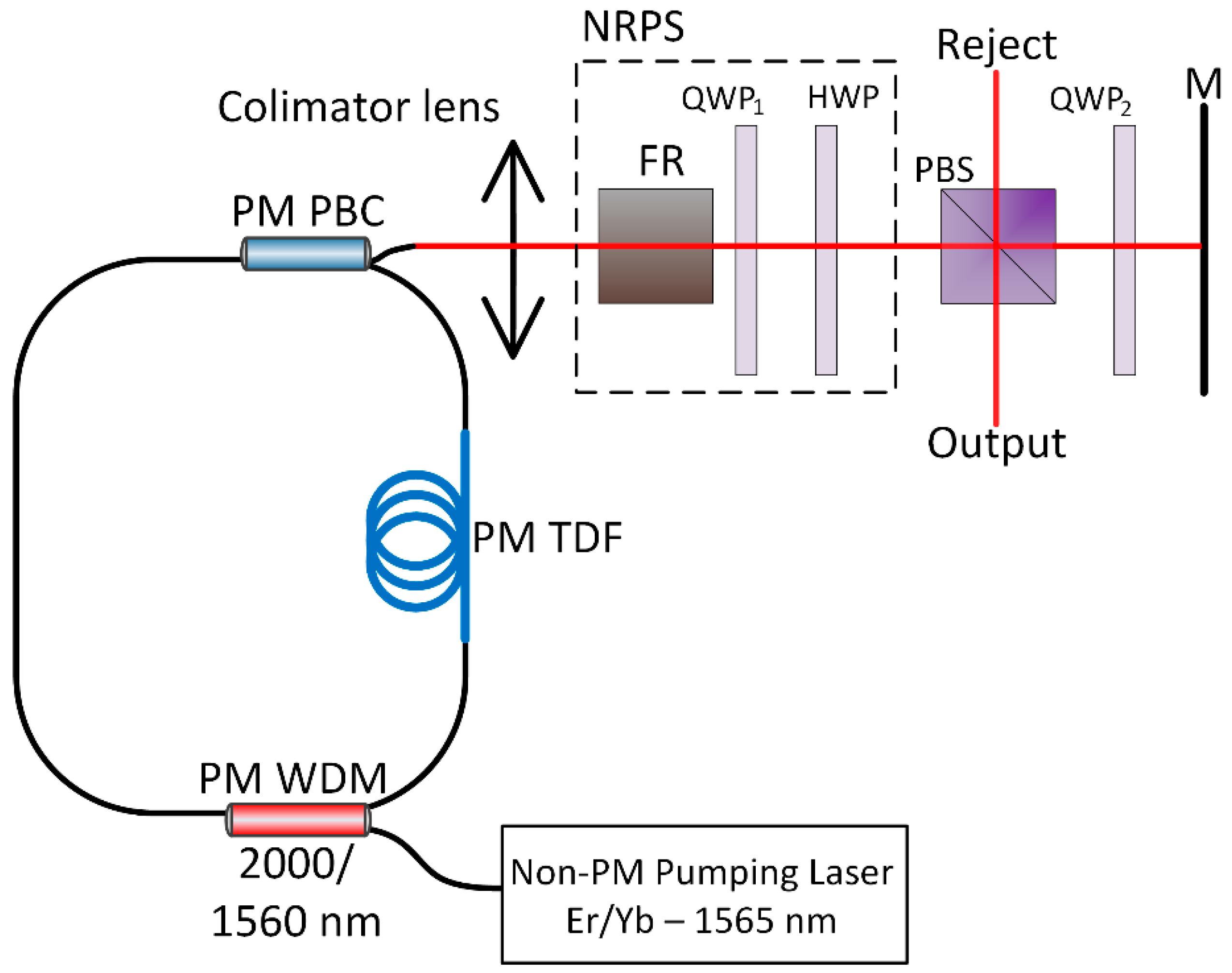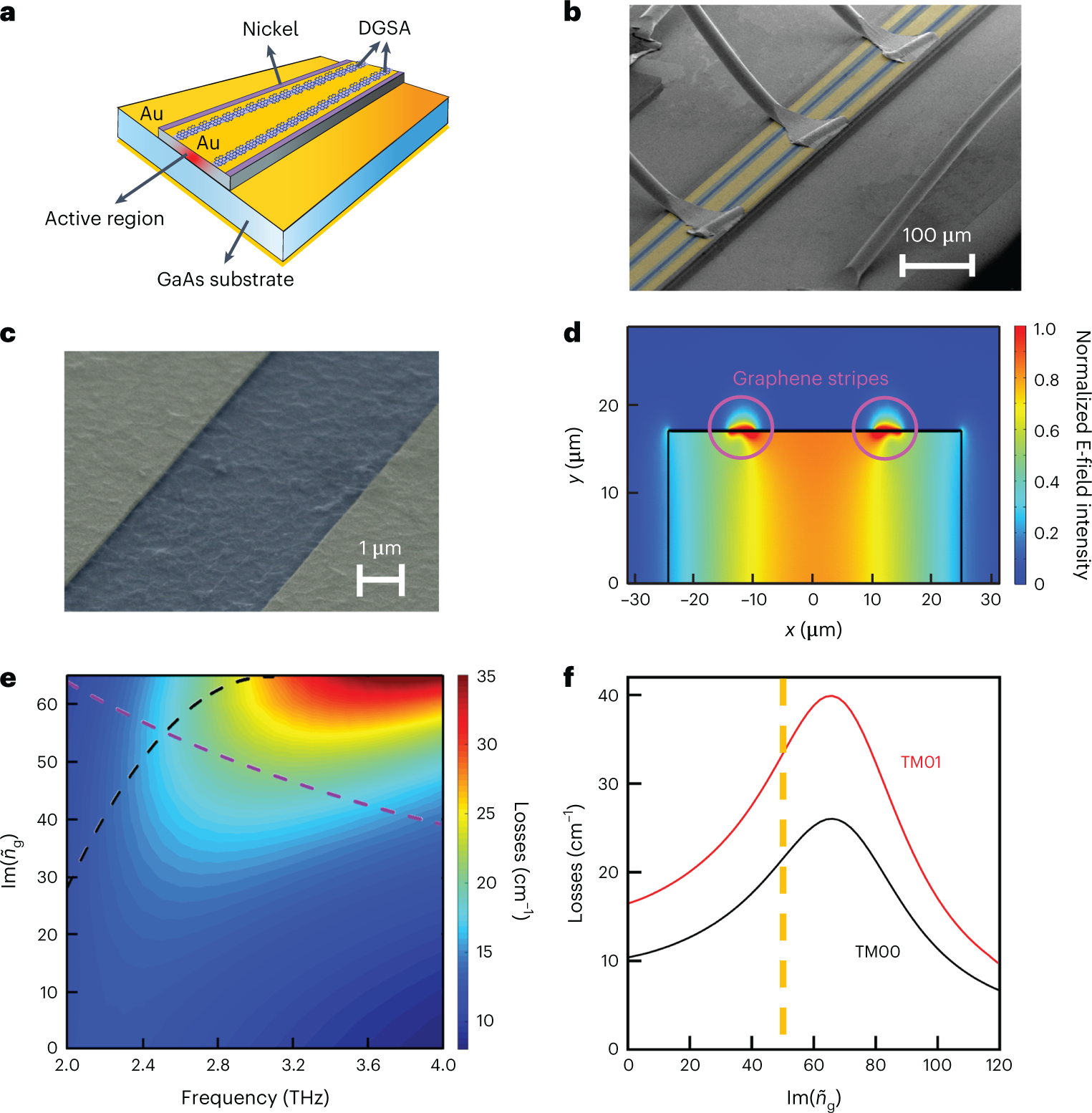Contents

Source: MDPI
Additive-Pulse Mode Locking: A Technique for Generating Short Optical Pulses
Additive-pulse mode locking, also known as coupled-cavity mode locking, is a method used in lasers to produce short optical pulses with durations in the picosecond or femtosecond range. This technique involves creating an artificial saturable absorber by utilizing nonlinear phase shifts in a single-mode fiber within a resonator that is synchronized with the laser resonator.
Principle of Additive-Pulse Mode Locking
In additive-pulse mode locking, pulses returning from the fiber resonator interfere with pulses inside the main laser resonator, enhancing the peak of the circulating pulse while attenuating the wings. This process allows for the generation of short pulses without the need for specialized optical components and can be implemented across different wavelength regions.
Applications and Limitations
Additive-pulse mode locking has been widely used in passively mode-locked lasers, including bulk lasers, color center lasers, and fiber lasers. While it offers the advantage of producing short pulses, the critical adjustment of resonator lengths can pose challenges for commercial applications. Some high-power lasers have shown self-adjusting properties with additive-pulse mode locking, but the exact mechanisms remain undisclosed.
Modified Applications in Fiber Lasers
Additive-pulse mode locking techniques can also be adapted for mode-locked fiber lasers through methods such as nonlinear fiber loop mirrors and nonlinear polarization rotation in fibers. These approaches enable power-dependent transmission and reflection, similar to the principles applied in bulk lasers.
Optimizing Mode-Locked Fiber Lasers
Design optimization of mode-locked lasers, regardless of the mode-locking mechanism used, is a complex task that requires detailed insight and parameter variations. Simulation tools like RP Fiber Power software can aid in optimizing the design and understanding how pulses propagate within the laser system.
In conclusion, additive-pulse mode locking is a valuable technique for generating short optical pulses in lasers, with applications spanning bulk lasers to fiber lasers. While it offers advantages in pulse generation, careful consideration of resonator adjustments and design optimization is essential for practical implementation in commercial laser systems.

Source: Nature
Feel free to comment your thoughts.



